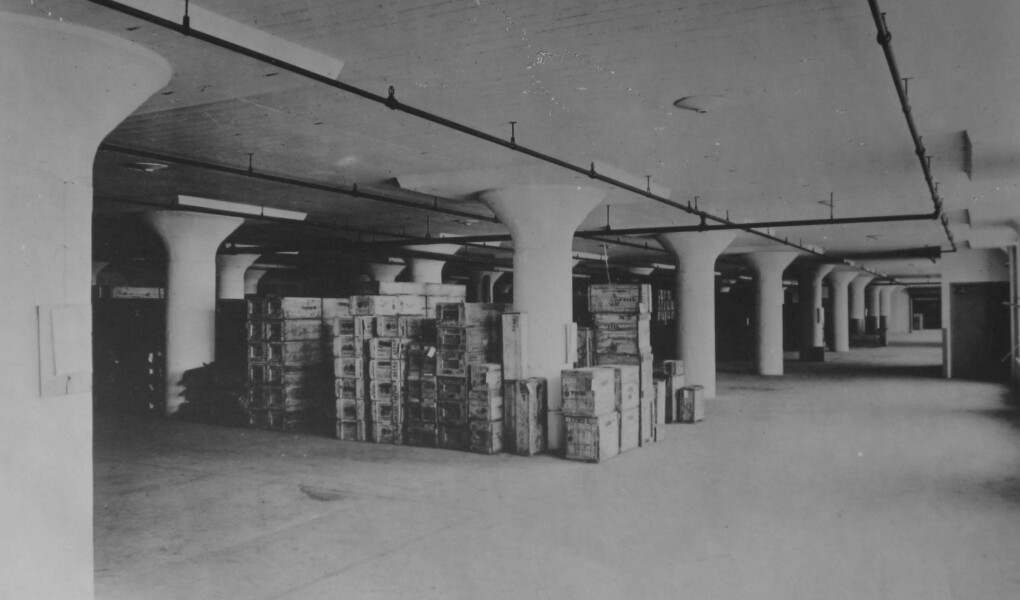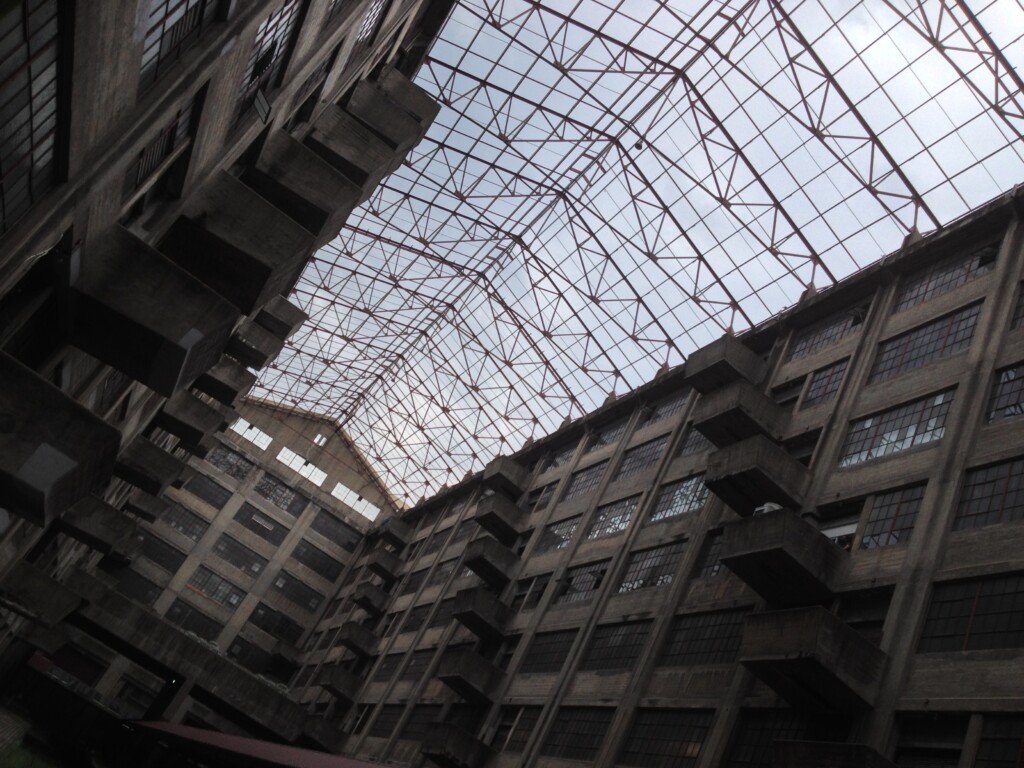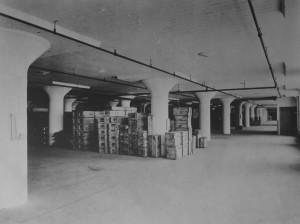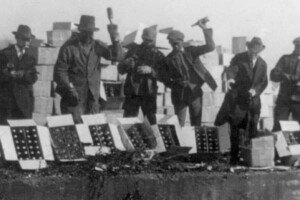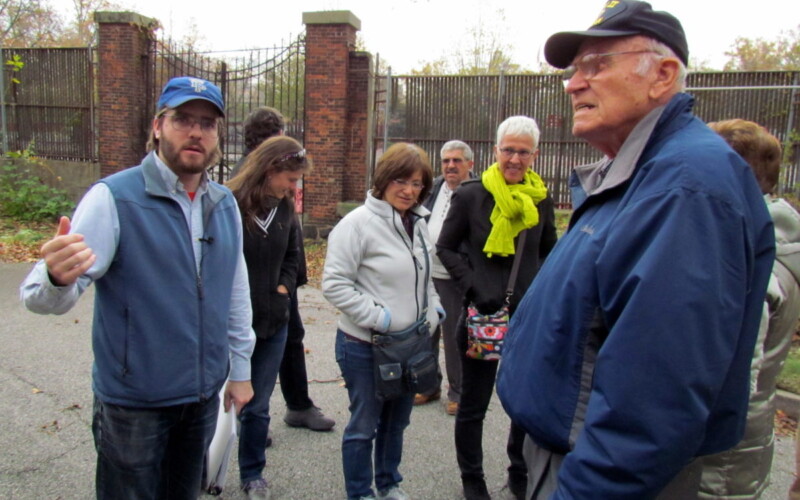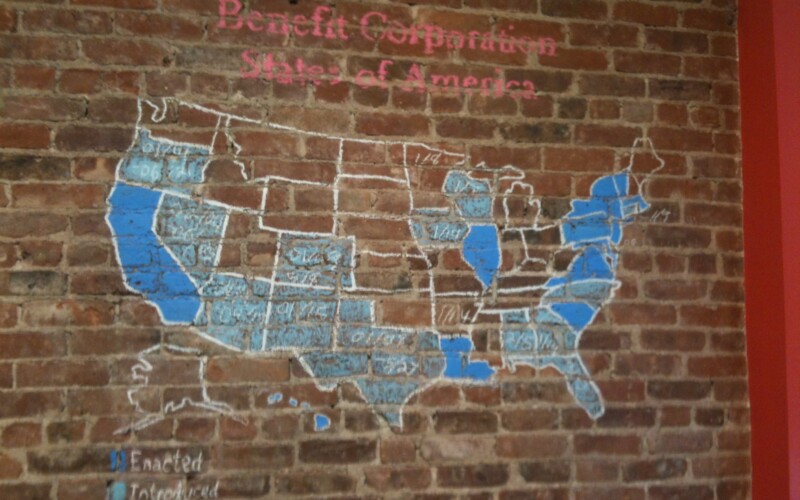On May 15, 1918, ground was broken for the Brooklyn Army Terminal, a colossal warehouse and transportation hub designed to deliver American troops and supplies to the fields of Flanders. World War I would end before the complex was completed, but it would soon find a different use, fighting a different foe: alcohol.
Prohibition came into effect on January 17, 1920, and the war was an important catalyst for it. Prohibitionists had been condemning alcohol for decades, but the war gave them the perfect instrument to marshal political support for their cause. They portrayed alcohol as a vice that sapped American strength and wasted American food, and they associated it with America’s mortal foreign enemies. The country’s beer industry was dominated by first- and second-generation German immigrants, all of whom were now suspect. New “dry” laws came into being as soon as America entered the war in April 1917. That same month, New York City enacted a 1 a.m. closing time (unthinkable today), and by December, Congress had enacted the 18th Amendment. So-called Wartime Prohibition (it did not take effect until long after the war ended, in May 1919) prevented food crops from being used to make alcohol (for more on World War I, Prohibition, and its impacts on the German-American community, read my blog series).
New York city was a prime hunting ground for Prohibition officers. Not only were there an estimated 32,000 speakeasies in the city, but just a few miles off the coast sat the “Rum Line,” a collection of old ships anchored in international waters from which contraband alcohol could be ferried ashore to thirsty customers.[1] All of this alcohol, once seized, had to go somewhere, and as the military demobilized, the Brooklyn Army Terminal presented an ideal location.
It is unclear when exactly Prohibition agents set up shop at the Army Terminal, as the federal government did not admit to the extent of the operation until 1923. (This fact only came to light because city comptroller Charles L. Craig sought to recover city-owned land at the terminal that the federal government had seized using emergency powers during the war and had never paid compensation.[2]) Though Prohibition enforcement never occupied more than 50,000 square feet of the Army Terminal, they would have had no trouble at all filling the four million square feet of space in the complex’ two main buildings. At any given time, it is estimated that it held around $20 million worth of contraband – well over a quarter billion dollars in today’s money.[3]
In addition to being stored, all of that alcohol had to be disposed of, and the preferred method was, incredibly, to smash the bottles by hand and dump the booze into New York Harbor. All of this destruction was done primarily on the piers (Pier 2, to be exact, which is no longer standing). One commenter in the Brooklyn Daily Eagle in 1927 called it the “pier of many sorrows,” where “they break the necks off the bottles and they pour the contents into the sea and the mermaids and the fishes enjoy the life of Riley.”[4] Armies of workmen would hurl bottles at the ground, and the mountain of glass would then be shoveled through a hole in the pier’s planking into the water below. If any bottles managed to escape unscathed, ready to float into the hands of some lucky drinker, agents would often fire their pistols into the water to finish the job.[5]
This method, while undoubtedly fun, was incredibly inefficient. Not only was it expensive, but, as one bottle-smasher was quoted saying in the Daily Princetonian in 1926, “throwing bottles against brick walls makes men’s arms too stiff for effective work the following day.”[6] Leading lights of government and industry looked for better, more modern ways to smash. In March 1926, an engineer from Niagara Falls conducted an experiment at the Army Terminal in the use of incinerators, destroying ten tons of whiskey and beer in a trash incinerator in just three hours, at a fraction of the usual cost.[7] That same year, a New York judge ordered the destruction of 980,000 bottles of liquor held at the Army Terminal, but Prohibition officers complained that they lacked the manpower to carry out the order; that is, until one officer suggested placing the bottles into a mechanical rock crusher that could easily pulverize 100 cases per day (never mind the fact that it would still take 27 months to destroy all of this liquor with the rock crusher).[6] It is unclear if any of these methods were adopted, or if they just kept experimenting with fun ways to break glass.
Some ingenious bootleggers knew the bottle smashing routine well, and in September 1927, agents discovered 21 metal buckets strung up underneath the pier to catch liquor as it seeped through the planks. Inside them was a revolting mixture of liquor, wine, beer, and broken glass, which the bootleggers would periodically collect by rowing a small boat beneath the pier at high tide. They would then redistill it, rebottle it, and sell it – “You might turn out some marvelous blends,” one of them said during his arraignment in federal court.[8]
But plenty of booze made it out of the Army Terminal unsmashed. Theft was common, and, allegedly, condoned by supervisors. In July 1929, the Army Terminal’s commander declared that it was “virtually impossible” to get any contraband past his guards,[9] and in November, Prohibition agent James Connaughton and Army Terminal elevator operators Edward Callahan and John W. Smith were put on trial for attempting to remove liquor from the base. Connaughton testified that it was understood that agents could remove liquor from the base and sell it, as long as they sold less than $100 per week – cases could fetch anywhere from $25 to $62 each.[10] Connaughton even accused the Customs Service’s custodian, Samuel Friedman, of removing liquor, and of ordering his subordinates to do so as well.[11] The three men were eventually acquitted, but not before airing quite a bit of the agency’s dirty laundry.
And then, it all came to an end. The ban on the sale and consumption of alcohol was lifted on April 7, 1933, and the Brooklyn Army Terminal still had a stockpile of no-longer-contraband booze. Thirteen years of Prohibition had done little to reduce the supply, and there was little demand for government-owned liquor in a country awash in booze. Twenty months later, in December 1934, the Army Terminal was still holding auctions to get rid of the stuff – 1,118 cases of wine sold for $8,603.10, or just $7.70 per case.[12]
The other 23,000 cases in the auction went unsold.
Turnstile Tours offers 2-hour walking tours of the Brooklyn Army Terminal on select weekend days. These tours explore the past and present of the site, from its design by famed architect Cass Gilbert and its five decades of service to the Armed Forces, to its transformation into a thriving industrial park and the many innovative companies that today call the Army Terminal Home. The next tours will be offered Saturday, August 31 at 3pm, Saturday, September 14 at 11am, and Saturday, September 28 at 11am – please visit our tour page for information and to purchase tickets. All tours are offered in partnership with the Brooklyn Army Terminal and the New York City Economic Development Corporation.
This post was authored by Andrew Gustafson with research assistance from Shannon Geis and David Perrier.
Footnotes:
- Lerner, Michael (2007). Dry Manhattan: Prohibition in New York City. Cambridge, MA: Harvard University Press.
- “Craig Triumphant in Army Base Row,” Brooklyn Standard Union, 23 March 1923.
- “Army Men Scout Liquor Leak Report,” New York Times, 9 July 1929.
- Rogers, Wilbur E. “Visitor to Big Army Base Here Finally Locates the Army Nearly Off Its Base,” Brooklyn Daily Eagle, 1927.
- “Destroy $500,000 Liquor,” New York Times, 12 June 1928.
- “New Use for Rock-Crusher Discovered by Busy Agents,” Daily Princetonian, 29 January 1926.
- “Edward D. Very Welcomed Back to Niagara Falls,” Niagara Falls Gazette, 9 March 1926.
- “Every Little Pouring Made The Bootleg Buckets More,” Brooklyn Daily Eagle, 30 September 1927.
- “Army Men Scout Liquor Leak Report,” New York Times, 9 July 1929.
- “Say Agents Looted Army Base Liquor,” New York Times, 29 November 1929.
- “Accuses Custodian of Liquor at Base,” New York Times, 30 November 1929.
- “Seized Liquor Bids Low,” New York Times, 7 December 1934.

